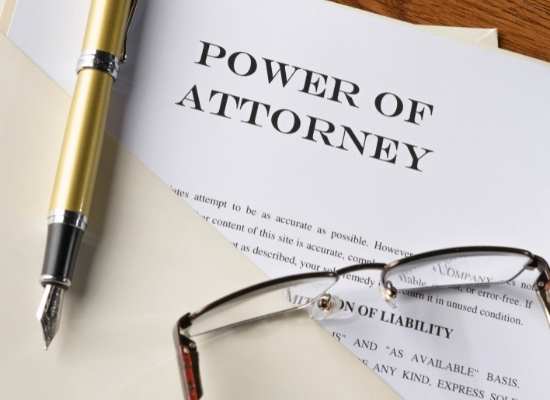This is the third in a series of videos covering tips for land dispute mediation success. Call or text 800-266-4870 for an appointment with Attorney and Mediator Philip Hundl. Appointments can be in person, online, or by phone.
Summary of Tips for Land Dispute Mediation Success
Hi, I’m Philip Hundl, and we’re back with my top 10 tips for land dispute mediation success. A land dispute might be a partition case, an easement dispute case, or an eminent domain case.
I am an attorney who focuses on land litigation and also mediation. I’ve got quite a few videos out there talking about my land litigation practice, but many of you don’t know about my mediation practice. So I wanted to start off this video series by talking about some tips. This is directed at attorneys, but also parties. These are things you can do to settle your land dispute with mediation. So with that, let’s move on.
Tip Five – Be Creative
Tip number five is to be creative or open-minded in a mediation. Oftentimes there’s an opening joint session with all parties participating. It could be three parties or more, especially with these partition cases. During this joint session, the attorneys and even the parties can express their positions in the case.
Then after that joint session, the parties move to separate rooms. If several parties are aligned in their interests, they may actually be in the same room. The negotiating begins after the parties have been separated. I ask the attorneys and the parties to stay open-minded and be creative when considering solutions.
Oftentimes the parties in partition cases will come in with only option A in their mind. They’ve concluded that option A is the only way possible for this partition to happen. But I always stress, that it’s better if you recognize that other parties are going to have other options and other ideas.
So with open-mindedness and creative thinking, the parties will have a much better chance of reaching a deal. A successful mediation is one in which the case gets resolved. Land dispute mediation success happens when everyone goes home, not completely satisfied, but relieved that the dispute did get resolved. There’s no winning or losing at a mediation. It’s about getting a case resolved and settled, and everyone moving on.
Being creative and open-minded in an easement dispute case or an eminent domain condemnation context may involve considering how broad or how narrow the easement agreement will be. Will the agreement be less restrictive to give the parties some degree of flexibility? Does a party want a blanket ingress and egress easement? Can ingress and egress be narrowed down to a specific area or road? Can a proposed permanent road easement be just temporary, because that’s all the pipeline company needs?
As we talk about these non-monetary terms, we need to be able to ebb and flow with the monetary terms. So, if you as a party, are getting a lot of the easement terms that you’re wanting, then make no mistake that the other side is going to expect you to receive less money. They’re going to pay you less money because you’re getting more and better easement terms. That doesn’t mean that you accept less money and go, but just be aware and open-minded about that.
Sometimes there are ways in which a party can receive a non-monetary compensation — call it in-kind compensation. I’ve seen drainage easement deals in which condemnor says we’re going to dig this canal, and you can have the dirt and we’ll spread the dirt a certain way. All those things have value, and so think about all those different components in a case, and try to be creative to work those into a potential deal for land dispute mediation success.
Tip Six – Show Your Work to Support Your Damages
Number six is to show your work to support your damages. I can’t tell you how many times a party will ask me as the mediator, how did they get to these damages? So show your work. Before mediation be prepared to show how you get to your damages.
Are there times when damages are pulled out of the sky and it’s just a number? Sure, but most of the time the party or the lawyer will have a method they used to calculate damages.
There’s a methodology you should use to come up with those damages. It’s extremely helpful to have appraisals and estimates of the costs to cure damages. If we’re talking about land values and land being taken, then you’ve got appraisals, you got comparable sales, and you’ve got brokers’ opinions.
You can have earnest money contracts that have closed, or maybe they haven’t closed. Maybe you’ve got closing statements to support those damage numbers. That’s all helpful.
Sometimes the only thing you have is an email from a broker that says that the land sold for whatever per acre, but if that’s what you got, that’s all you’ve got. But it is helpful to have a methodology to show how you calculate the damages, and then have something to support that.
What I think is oftentimes very counterproductive in mediation, and I discourage it, is parties using the mediation as a discovery tool. It’s debatable whether that party is participating in good faith or is just using the mediation to try to flush out more of the other side’s case. I think discovery should be done prior to mediation
So we’ve made it to six tips. We’ve got a few more tips to go finish this discussion of how to promote land dispute mediation success.

